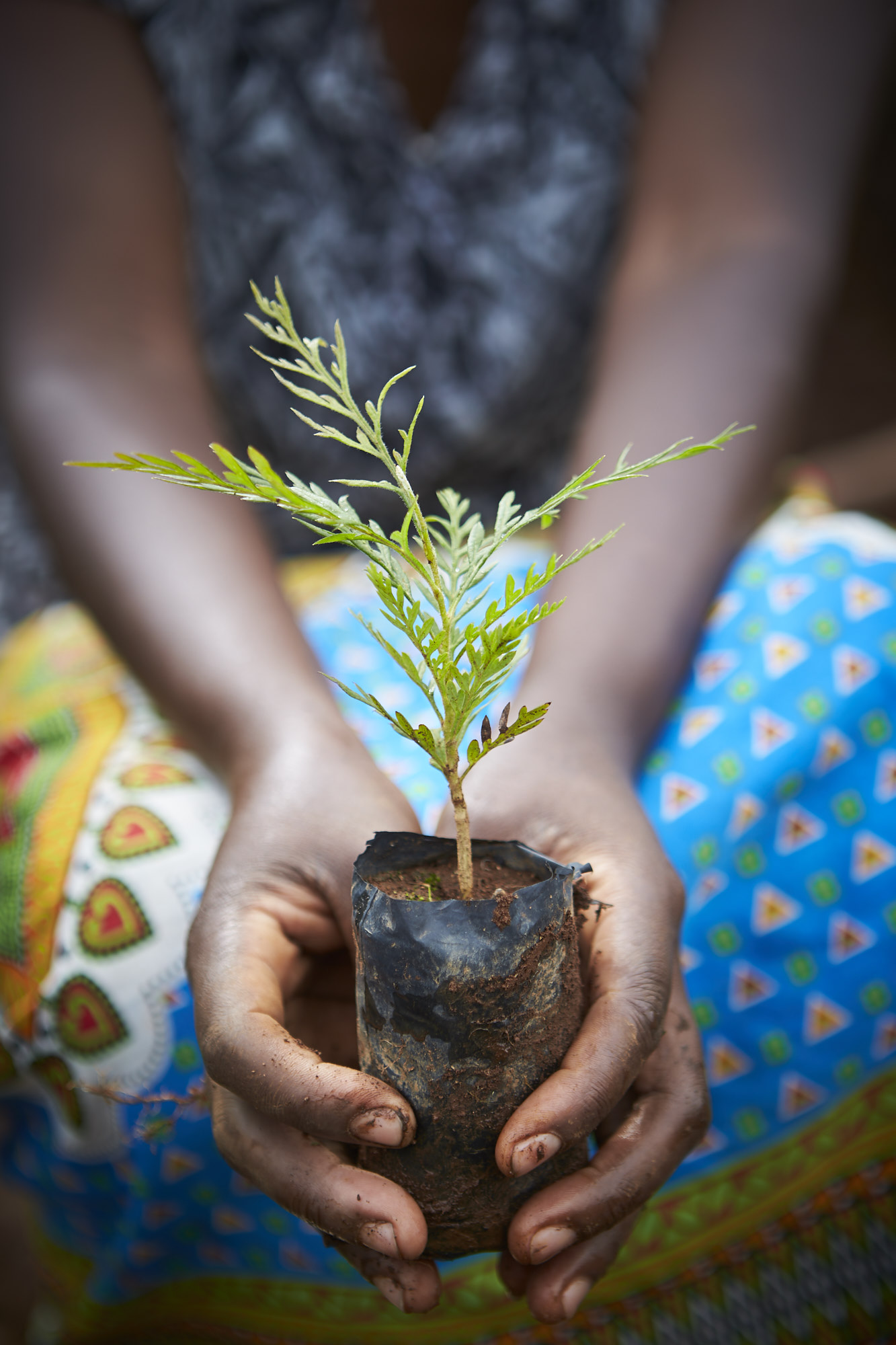The Route to Becoming a Carbon Neutral Business
A representative from Taylors of Harrogate Tea and Coffee Business and Bettys Bakery, Cookery School and Café Tea Rooms describes their multi-stranded journey to achieve carbon neutrality.
Why did you choose to become carbon neutral?
Climate change is happening, we can see the changes already impacting on our sourcing origins. We rely heavily on the environment to be able to grow and produce our tea and coffee products, so we need to protect it as best we can. Increasing carbon emissions is a huge contributor to global warming and so for this reason we felt it was an important step to take to become a carbon neutral business.
What changes have you made to the way you operate?
In 2020 we became a carbon neutral business. To achieve that we have followed the principles of the carbon hierarchy: avoiding, reducing and substituting our carbon emissions. We then compensating the remainder in a unique way that brings direct benefit to people in our supply chain, including tree planting and clean stoves projects with our smallholder farmers.
How easy was it to achieve carbon neutrality?
Achieving carbon neutrality has taken many years as well as investment in both time and resource. Balancing that with the needs of a growing business has not been without its challenges, but where there is challenge there is also opportunity. For example, the need for new infrastructure to satisfy increasing demand has meant that we have been able to design our new buildings in line with BREEAM guidelines.
Who did you get help from or work in partnership with?
We worked with Quantis to calculate our carbon footprint for our business. We also worked with Natural Capital Partners on carbon offsetting projects in our origin countries.
What has the impact of your work been on your carbon footprint?
Using our 2018-19 data, our carbon footprint would have been 174 % higher if we had not followed the process of avoiding, reducing, and substituting our emissions.
How have you reduced the carbon footprint from your buildings?
All of our new buildings, including a new warehouse, office space and tea blending facility, have achieved “Very Good” BREEAM status. We have also changed our electric and gas supplies to renewable contracts. Also, we installed a biomass boiler onsite and switched to LED lighting. In addition, the introduction of solar panels at our Harrogate site is enough to generate 190,000 kWh of electricity per year.
How have you reduced your carbon footprint from transportation?
Transportation is the largest part of our footprint. We have worked hard to increase the efficiency of our trucks by improving route choices, timings and by communicating with our partners to ensure a truck is never carrying just fresh air. For example, by relocating the port where our tea and coffee lands in the UK, we avoided 205.8 tonnes of CO2. In 2018-19 we have improved efficiency and reduced our fuel usage per pallet moved from 0.95 to 0.72 gallons.
What are the financial benefits of reducing carbon emissions from transport?
Relocating the port gave a saving of approximately £100,000 in fuel costs. This is in addition to £50,000 saved by improving the efficiency of our vehicles.
How do you reduce waste and consumption emissions?
We have sent nothing to landfill since 2017. By reducing our waste and by improving what happens to anything we do waste in our operations and in our office, we have been able to lower our carbon footprint significantly. Attention to the smaller details plays a part. For instance, we introduced a fob system on our printers which saves 280,000 sheets of paper a year and introduced Vegware and compostable take away cups in some of our branches.
Despite increasing waste volumes arising from production growth, our overall emissions from waste reduced by 22% from 2018 to 2019.
How does offsetting help improve resilience to climate change?
By offsetting our remaining emissions in our origin countries, including some projects working directly in our supply chain, we are able to help protect the environment that our tea and coffee comes from. This improves not only our producers’ resilience to climate change, but also our own.
Do you have any tips for others who want to become carbon neutral?
Make carbon emission reduction a priority and embed it into your business strategy. Work out your carbon footprint, this gives you a starting point and helps you measure your progress. Also, pay attention to detail – small, simple changes can have impact as well big ones.
Photo credit: Sapling from tree planting project with TIST in Kenya, Jonathon Gregson.






